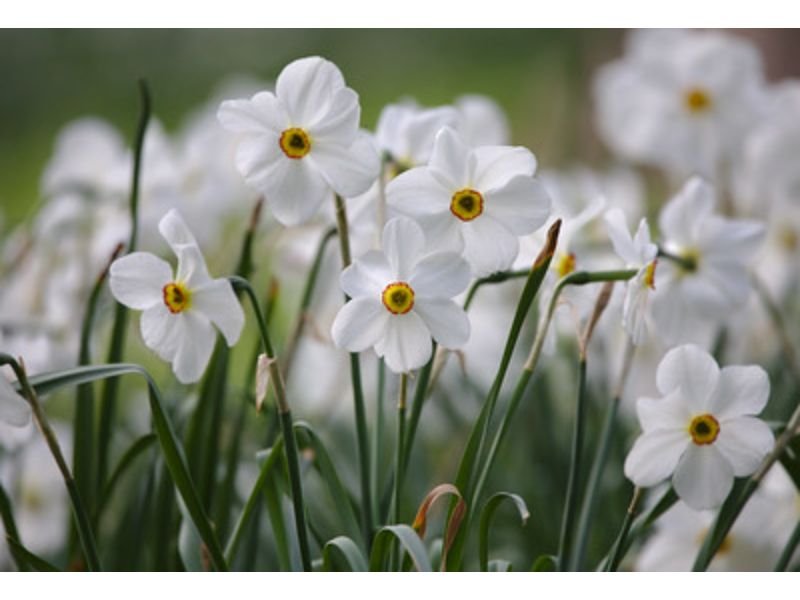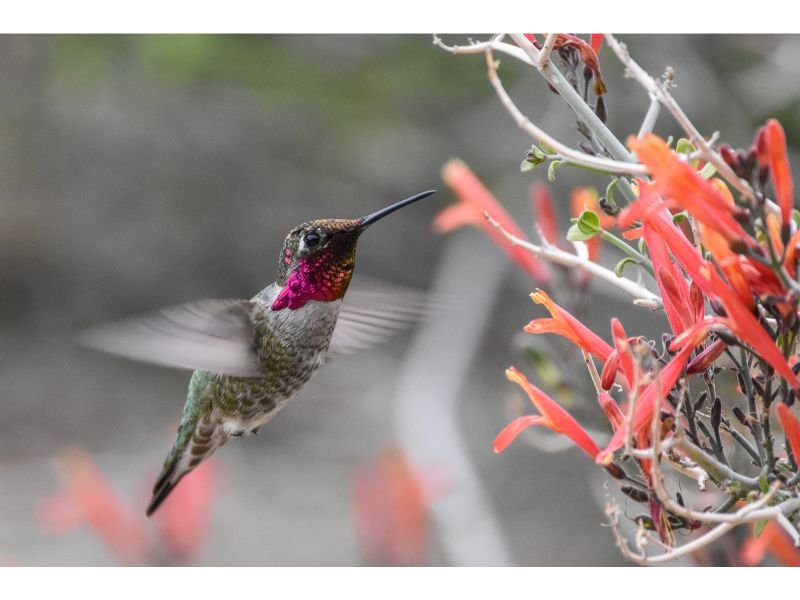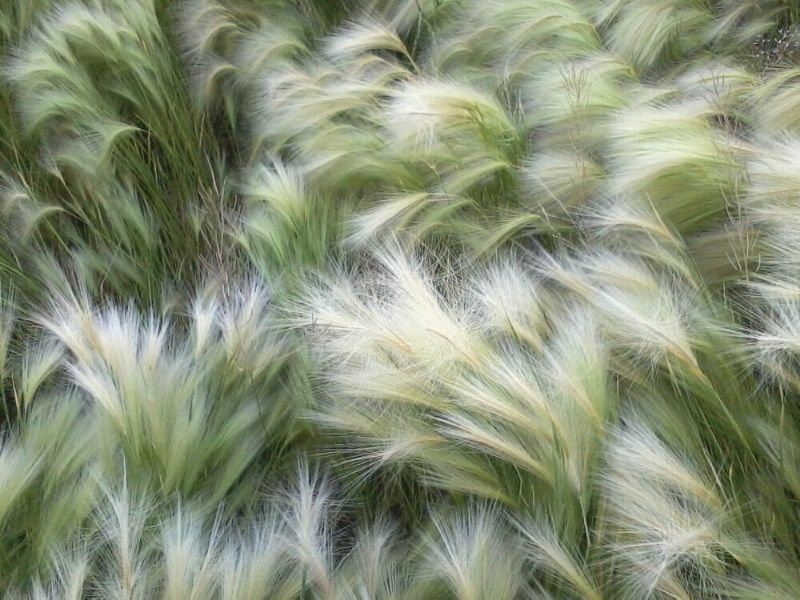As a gardener, whether you’re a novice or an expert in the world of gardening, it must be a pleasure to see various blooming colors. Blooms with blue color are not an exception. Even though blue flowers are not as easy to find as their yellow and red cousins, with the help of technology, it’s not possible to bring them home if you take some time to wander around. So let’s take a look at some of these best blue flowers to grow.
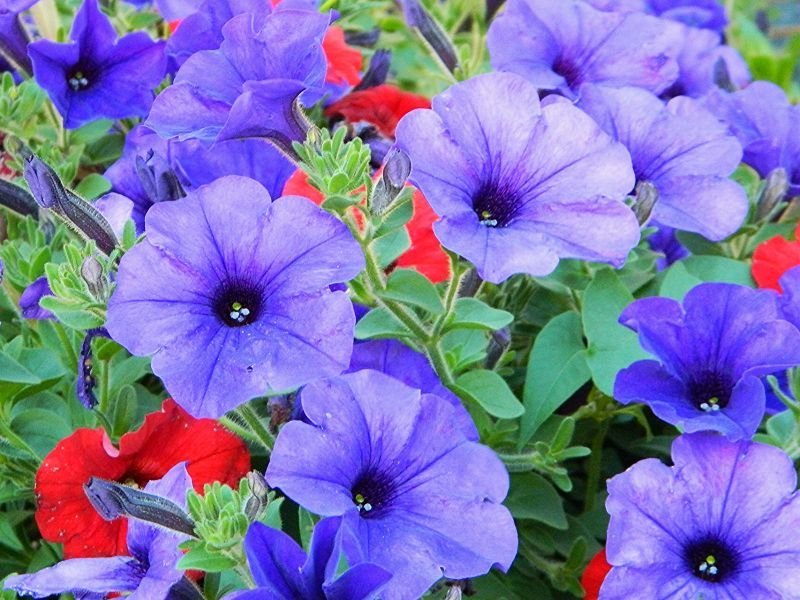
Table of Contents
Breathtaking Blue Flowers For Your Indoor and Outdoor Garden
Some gardeners prefer perennial, evergreen blue flowers that bloom all year round, while others favor annual blue flowers with shorter life spans. Some of these blue flowers are easy to grow, while other species require more attention to thrive well.
Regardless of what your choice is, there are always the best blue flowers to grow that are in line with what you crave. Take note to provide proper growing requirements before bringing one of these beauties to your garden.
Best Blue Flowers To Grow – Indoor Perennial
Fringed Bluestar (Amsonia ciliata)

Hardiness zone: 5 to 9
This flowering panicle wildflower would create a fantastic view when they bloom in April. Fringed bluestar is a native plant of America that grows well up to 90 centimeters. One of the best blue flowers that like shade, fringed bluestar is easy to maintain as they are resistant to most pests and diseases.
Dwarf Morning Glory (Evolvulus glomeratus)

Hardiness zone: 8 to 11
You can build a jaw-dropping indoor garden by adding some dwarf morning glory. A dwarf species of the common morning glory, dwarf morning glory produces much smaller blooms, only about 2.5 centimeters, with grayish-green foliage.
Dwarf Iris (Iris reticulata)

Hardiness zone: 5 to 9
The classic iris beauty has been cultivated as early as the 1600s. Since then, these blue flowers that like shade and warm sun have been capturing the hearts of many people. But be aware when you’re planning to go get some of this fragrant plant as they are poisonous to both humans and pets.
Best Blue Flowers To Grow – Outdoor Perennial
Wolf’s Bane (Aconitum uncinatum)

Hardiness zone: 4 to 9
Wolf’s bane is an exotic, fantastic, yet highly poisonous, one of the best blue flowers to grow outdoors. As you can see, the name ‘wolf’s bane’ is derived from this plant’s characteristic, where the toxic compounds, which can be found in every part of this plant, may be fatal if ingested. Wolf’s bane was even once used to poison wolves!
African Blue Lily (Agapanthus orientalis)

Hardiness zone: 4 to 9
If you’re looking for some blue flowers easy to grow that represents love and affection, you should try the African blue lily. This native to Southern Africa produces almost true blue blooms, with a height of only about 60 centimeters–making the African blue lily perfect as a container and pot houseplant.
Blue Bugle-herb (Ajuga reptans)

Hardiness zone: 3 to 10
Known as the lavender look alike, the blue bugle-herb is one of the favorite flowering blue plants for most pollinators. They tolerate areas with sandy soil and as a herbaceous plant, these blue flowers that like shade are well known to be used as a tea to give some healing and laxative effect.
Best Blue Flowers To Grow – Indoor Annual
Common Chicory (Cichorium intybus)

Hardiness zone: 3 to 8
Also known as the blue sailors, common chicory is an aster-like blue flower that is safe to consume. A native to some parts of Europe and Asia, common chicory has been long cultivated as a food plant and herbal medicine, where it’s praised to treat many illnesses such as malaria, cough, high blood pressure, and liver enlargement.
Tweedia (Oxypetalum coeruleum)

Hardiness zone: 8 to 10
If you’re a fan of forget-me-not, then you should check out their mini look-alike, tweedia. These blue flowers are easy to grow and originated from warm areas of Uruguay and Southern Brazil. Tweedia makes good-cut flowers that can be used as vase flowers, bouquet flowers, and any other floral arrangements.
Cape Leadwort (Plumbago auriculata)

Hardiness zone: 9 to 10
There are two cultivars of cape leadwort where the first cultivar produces true blue blooms, whilst the other produces only white blooms. Cape leadwort’s first botanical name, which is Plumbago, derived from the Latin word for lead, ‘plumbum’. It was once believed that cape leadwort was the cure to treat poisoning, although there is not enough scientific evidence to support this claim.
Best Blue Flowers To Grow – Outdoor Annual
Summer Forget-me-not (Anchusa capensis)

Hardiness zone: 7 to 10
Don’t be confused by these blue flowers that like shade. Summer forget-me-not is not the same as the common forget-me-not as they are not belonging to the same family, but they do resemble each other. The blooms have been used both medically to fight illnesses like inflammations and ulcers, and non-medically for dyes.
Starflower (Borago officinalis)

Hardiness zone: 2 to 11
This one of the best blue flowers to grow originated from warm Mediterranean areas and has been widely cultivated as a food and medicinal plant. Use some starflower to your bowl of salad, cookies, or even pasta, to add a salty and sweet-honey taste.
American Bellflower (Campanula americana)
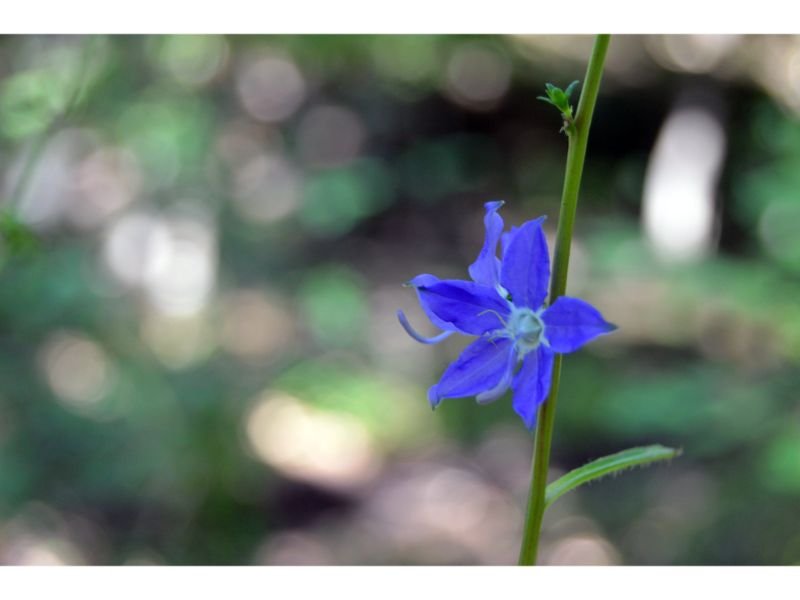
Hardiness zone: 4 to 8
With over 500 species of bellflower, the American bellflower might be one of the finest species with its unusual blue-colored blooms. This pollinator magnet has evolved to grow in almost every area with either full sun, only partial, or even dappled shade.
Is It Possible To Grow Your Own True Blue Flowers?
Blue flowers are uncommon and rather not easy to find, simply because to get the true blue colors, the plants have to do the ‘light trick’ by reflecting the sunlight to achieve the color blue. But we’re living in the 21st century, is it possible to change, let’s say, red roses to blue ones?
Unfortunately, the answer to this is still unlikely. There’s no one, even the most genius scientist and gardener, that can do this genetic mutation. However, this phenomenon could become a reality as more genetic engineering scientists from recent research have been trying to find the key answer to create more true blue flowers. As for now, we are still able to appreciate the beauty of blue blooms by sowing flowers that naturally have shades of blue in their genetic code.
Closing Words
To conclude, most of the best blue flowers to grow are packed with many medical and non-medical benefits. Blue flowers are such rare beauty that surely would bring more charm, calmness, and attraction into your indoor and outdoor garden. We hope this article has given you some insight and inspiration about blue flowering plants. Happy Gardening!

New author in the hood. Loves gardening and flowers are my spirit animals (yes I know they are not animals but I insist). I will be covering most of the flowers’ topics here and occasionally random though as well.

